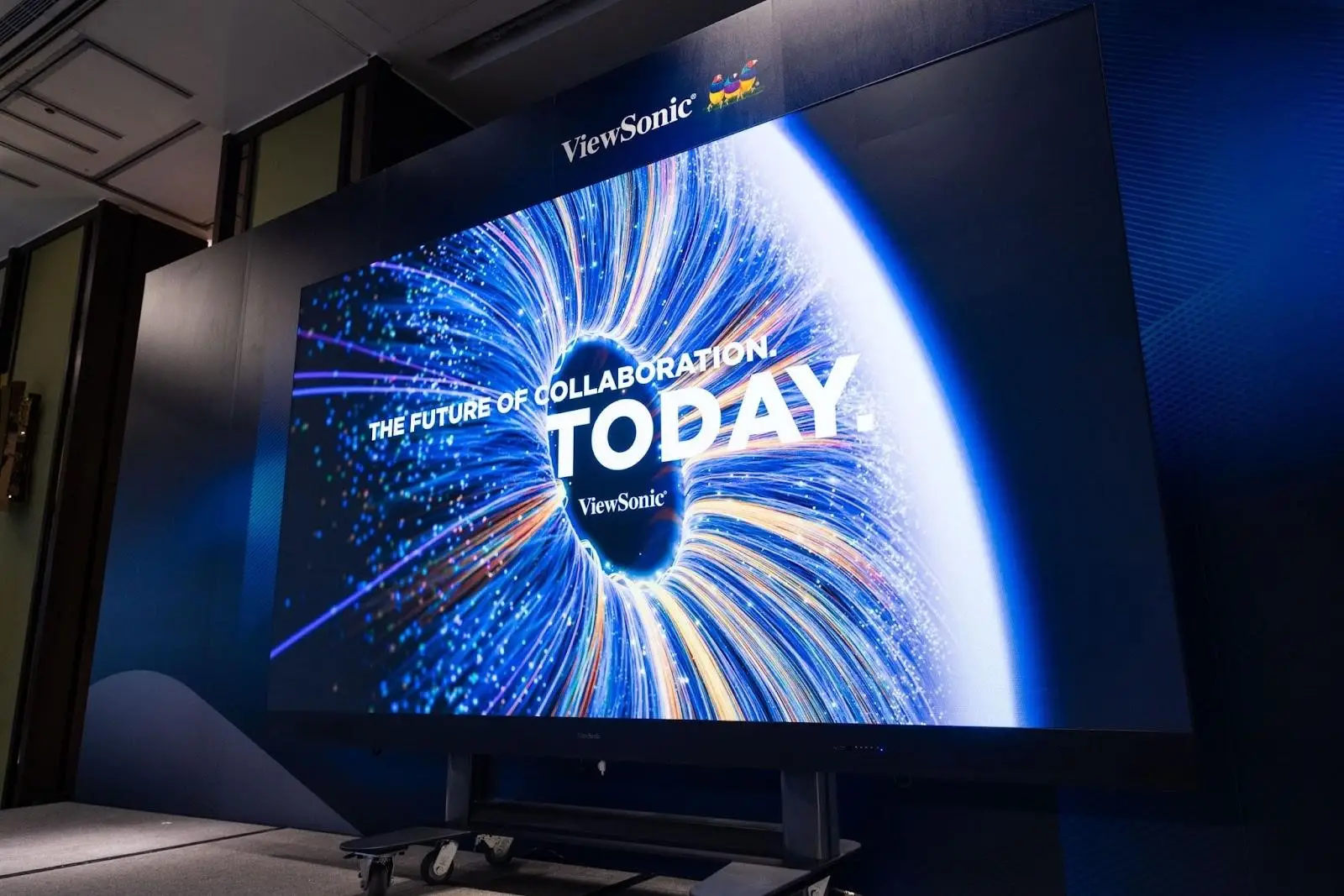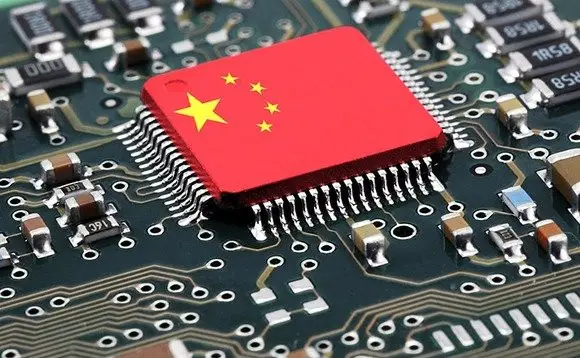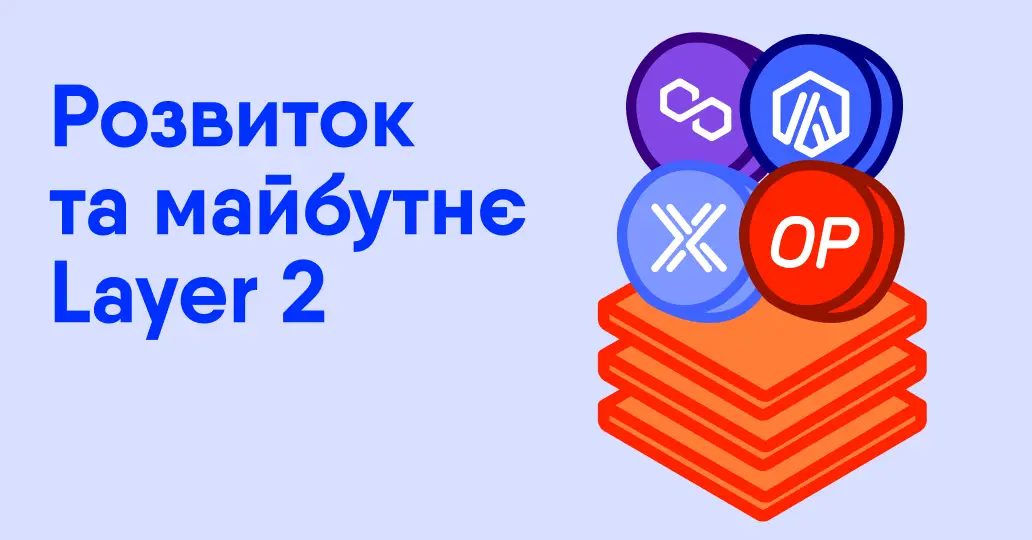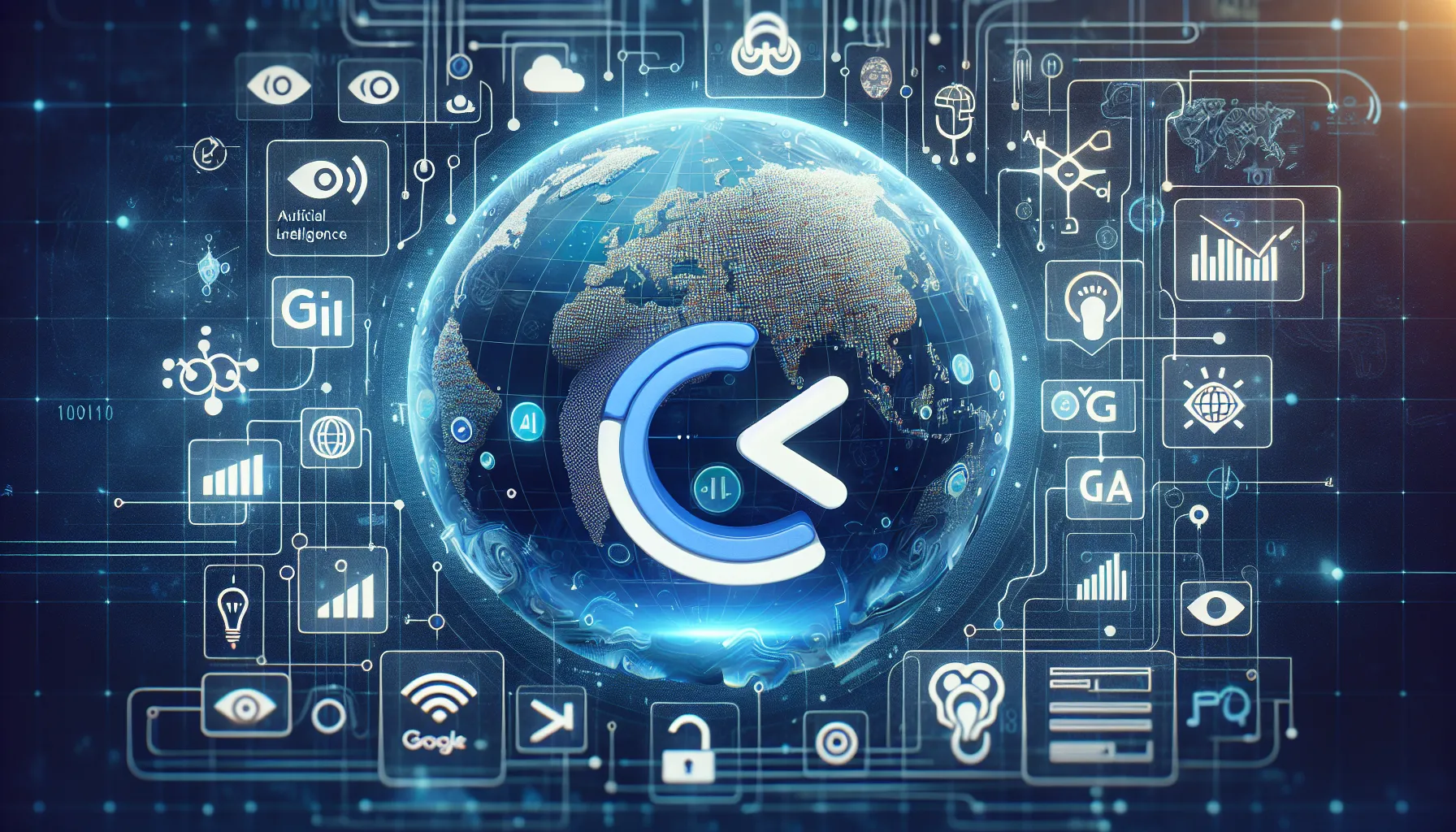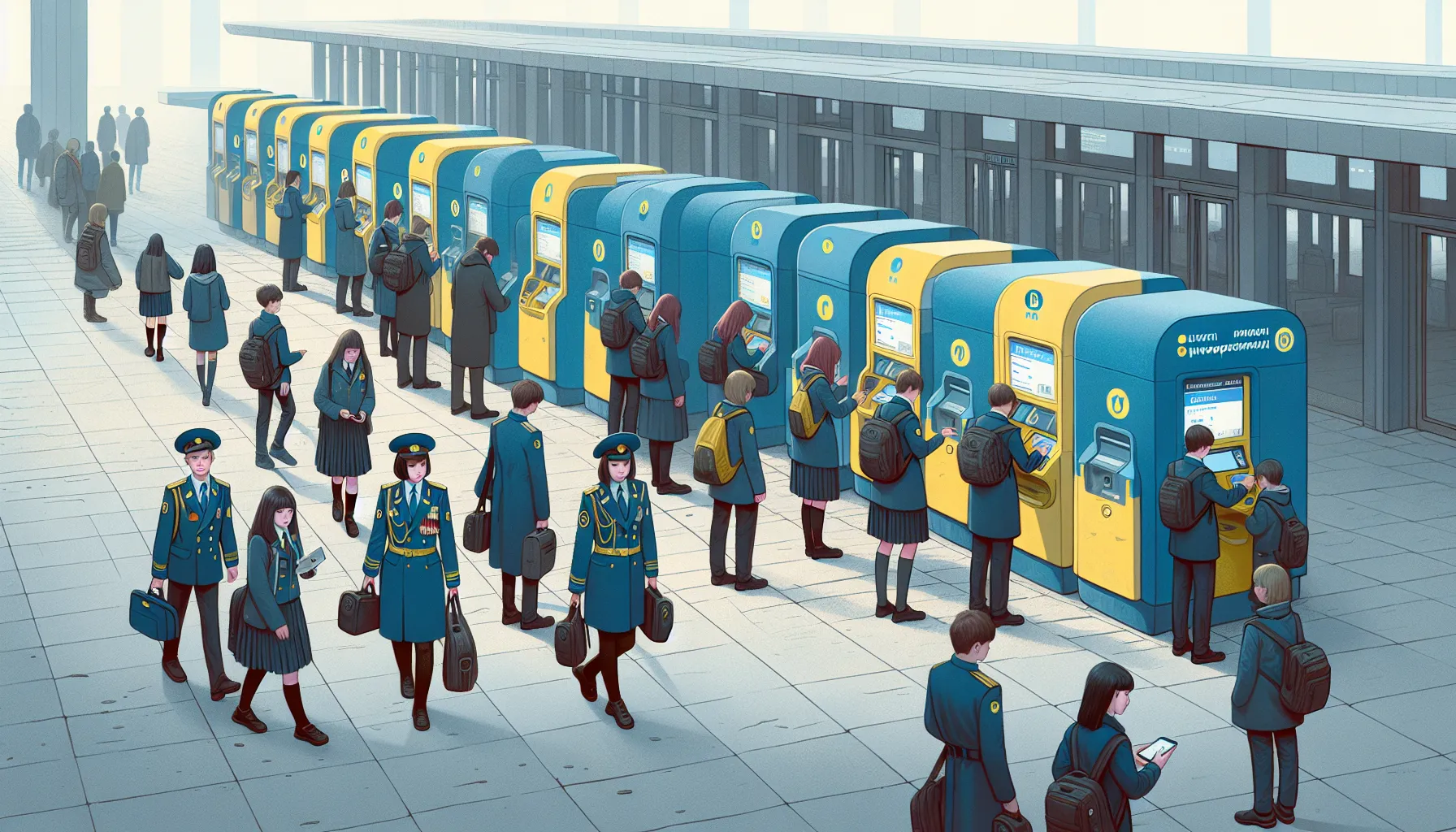DeFi and NFT collaboration: how does it affect the crypto market?
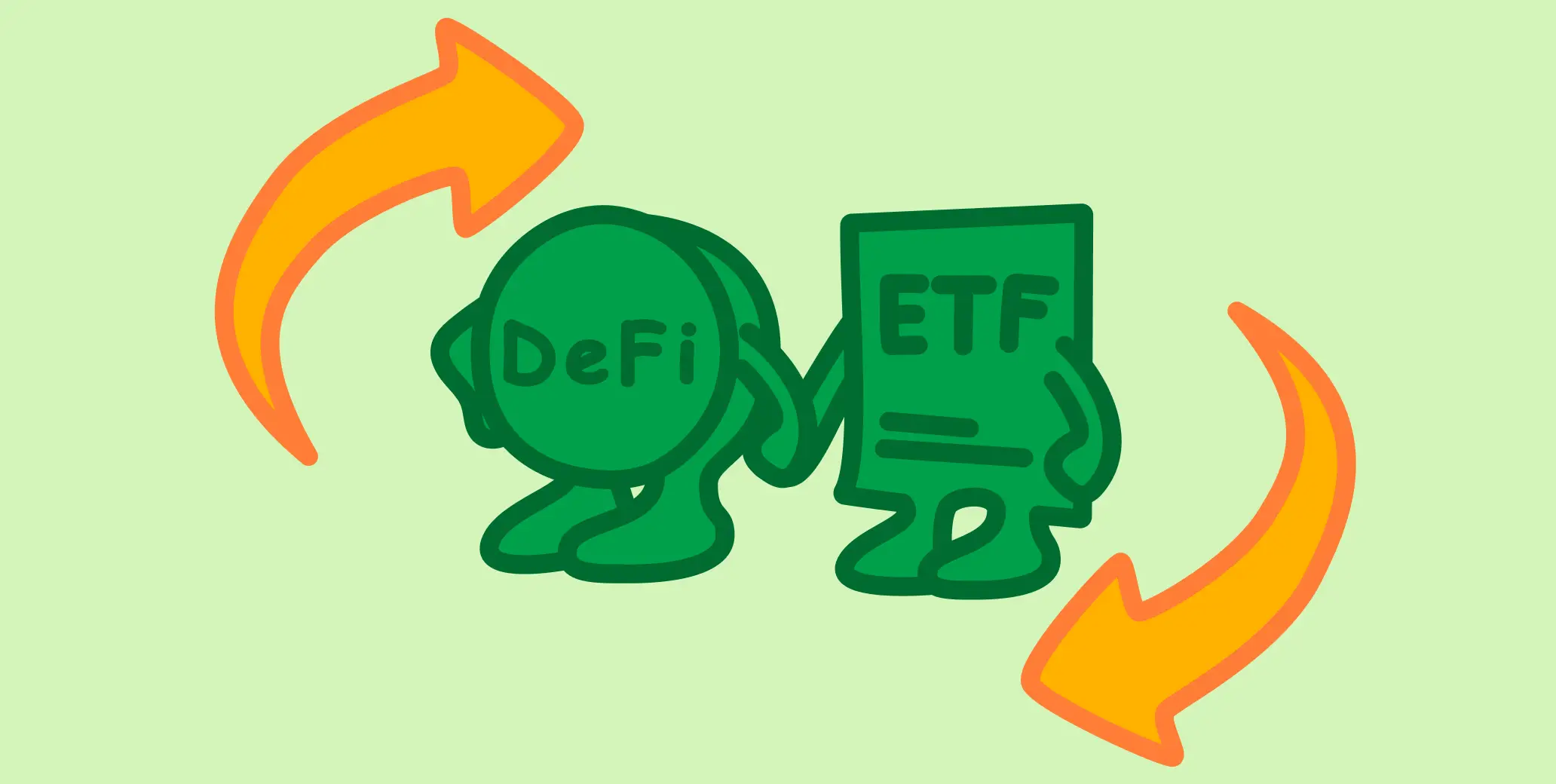
DeFi and NFT are among the most progressive sectors of the crypto market. Recently, their representatives have been releasing many joint developments in the areas of gaming, digital finance, decentralized project management, etc. In this article, CEO of the cryptocurrency exchange EXMO.com Sergey Zhdanov explains what influenced the strengthening of their cooperation and how it is changing the crypto market.
What is DeFi and NFT?
DeFi (decentralized finance) is a system of decentralized applications and services (dApps). It enables the exchange of assets, loans, investments, as well as the receipt and provision of other financial services in the cryptocurrency space.
Unlike the traditional financial system, DeFi allows all transactions to be executed without intermediaries between market participants. This speeds up transactions and makes them cheaper. In addition, access to assets usually requires only a smartphone and the Internet, and you can get a loan or sell digital currencies 24/7.
An NFT (non-fungible token) is a token that “encodes” a real object in the blockchain: content, collectibles, or even documents or real estate. Unlike a regular cryptocurrency, each NFT is unique and cannot be replaced. Simply put, an NFT is a certificate that confirms ownership. It is also an indicator of the authenticity of the “encoded” object.
Why are DeFi and NFT combined?
The combination of these areas is due to two key reasons.
The first is the desire for decentralization. The task of both DeFi and NFT is to develop a decentralized ecosystem, making it more transparent, democratic, convenient, and independent of intermediaries. By combining efforts and technological solutions, they can do this more efficiently.
The second is the opening of new opportunities in asset ownership and management. DeFi is responsible for tokenizing assets, creating cryptocurrencies, and their circulation. NFTs guarantee the value and uniqueness of assets as they are unique digital certificates of ownership.
5 areas of interaction between DeFi and NFT
The key areas of cooperation between DeFi and NFTs are cryptocurrency lending, NFT trading on decentralized platforms, decentralized project management, NFT staking, and gaming. Let's take a closer look at each of them.
Cryptocurrency lending
NFTs can be used as collateral for loans in DeFi protocols. This expands access to capital, as assets can be accessed by anyone with an NFT. Anyone who wants to get a loan places their non-fungible token in the protocol and receives the required currency in return. If the borrower fails to return the assets in time, his creditor automatically receives the collateral without having to go to court.
One significant example of this process was the $8 million loan secured by 101 NFTs from the famous CryptoPunk collection in 2022.
Trading and exchange of NFTs on decentralized exchanges and marketplaces
NFT marketplaces and decentralized exchanges (DEX) facilitate the purchase, sale, and exchange of tokens, as well as provide liquidity and pricing mechanisms for unique digital collections. Thus, the diversity of NFTs is combined with the security and transparency of DeFi protocols. In addition, non-fungible tokens can be sold not only in their entirety but also divided into fractions and distributed among several investors. This makes it convenient to work with expensive NFTs that are difficult to find buyers for quickly.
Decentralized autonomous organization (DAO)
In most DAOs, users buy control tokens that allow them to propose or vote for ideas for the project's development. In some DAOs, each user has equal voting power, while in others it depends on the number of control coins. Such a system causes difficulties in management, so projects would like to have something like a board of trustees. To do this, they issue soulbound tokens that grant unchanging voting rights to specific users or wallets.
NFT staking and gaming
NFT holders can freeze their assets for a certain period of time and receive rewards for this, which is similar to generating passive income from a regular cryptocurrency. In DeFi games with the possibility of earning assets, NFTs allow you to own unique game items that can be sold and bought, as well as to prove your identity and ownership.
Examples of joint projects between DeFi and NFT
- The Sandbox is a decentralized virtual platform where users can own land, create assets, and play using NFTs.
- Aavegotchi is a DeFi gaming platform where characters are NFTs that can be used to participate in games and receive rewards.
- Enjin is one of the most popular platforms for creating and trading NFTs. It has its own ENJ token integrated with DeFi protocols, which allows it to be used as collateral for loans, generate passive income, and participate in DAO management.
What the future holds for the DeFi and NFT partnership
The DeFi and NFT partnership is transforming digital property, offering innovative financial solutions, and improving the user experience. These technologies will impact all aspects of digital and economic life, including the development of more secure and accessible DeFi protocols, transparent and efficient insurance services, new economic models in virtual worlds, and decentralized governance through NFT tokens.Currently, an important area for the joint development of DeFi and NFTs is the tokenization of real assets : stocks, bonds, precious metals, real estate, etc. Assets in the form of NFTs can move safely and seamlessly through a decentralized network, laying the foundation for open markets. Tokenization also provides asset owners with access to cryptocurrency lending and capital optimization.
According to a survey conducted by EY-Parthenon, an analytical and consulting company, major players in the financial market are showing great interest in tokenized assets. Institutional investors are planning to invest 5.6% of their total investments in this type of asset by 2026. Other “whales” are going to invest even more - 8.6%.
Another step into the future is the launch of the experimental token standard ERC-404. It aims to introduce fractionation of NFTs by blocking them on certain wallets and issuing representative tokens. Thus, several investors will be able to own one NFT at the same time, which will open up new opportunities for using this type of asset as collateral, for loans, trading, and other purposes.

